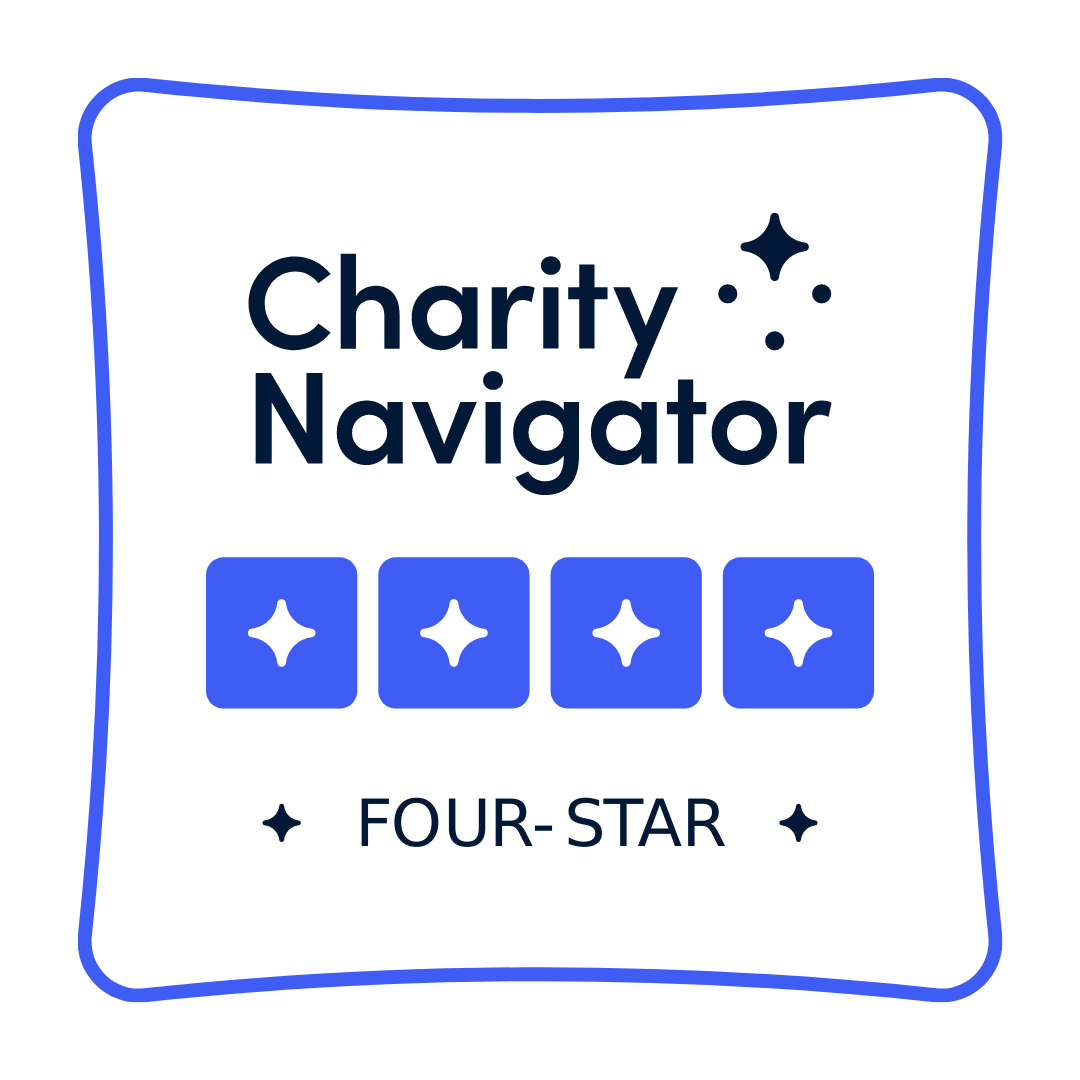San Diego nonprofits seek guidance on preparing for the future
June 26, 2013
The face of hunger in San Diego County is ever changing. The recession brought with it a new group of people facing food insecurity. People who once held jobs but were laid off due to budget cuts. People who were forced to move in with family members or even live on the street because they could no longer afford their mortgage payments. People just like you and me. As the economy slowly recovers, social service agencies are wondering what's next for their programs and the clients who receive services from them. On Wednesday, June 12, two research analysts from SANDAG came to talk to Food Bank staff members and nonprofit partners about their projections for what's next in San Diego County. As first responders to the needs of people in San Diego County, it's important that social service agencies always have their finger on the pulse of the community. SANDAG's projections provided key information about what to expect in the next five, ten, and even forty years.Key findings from SANDAG's presentation included an emphasis on the County's elderly population and the surge of "Baby Boomers" moving into retirement. This means that more people are available to volunteer for nonprofit organizations, and more people will also be living on fixed incomes with the potential need for services. Additionally, San Diego County is a minority-majority county, which means that no one race category makes up more than 50% of the population. The county's racial and ethnic diversity means that clients have a variety of cultural and language needs.With SANDAG's guidance and expertise, the Food Bank and its valued partners are able to evaluate current services and build their future programs to best meet the needs of San Diego County's most vulnerable populations. To learn more about SANDAG, please visit its website.





